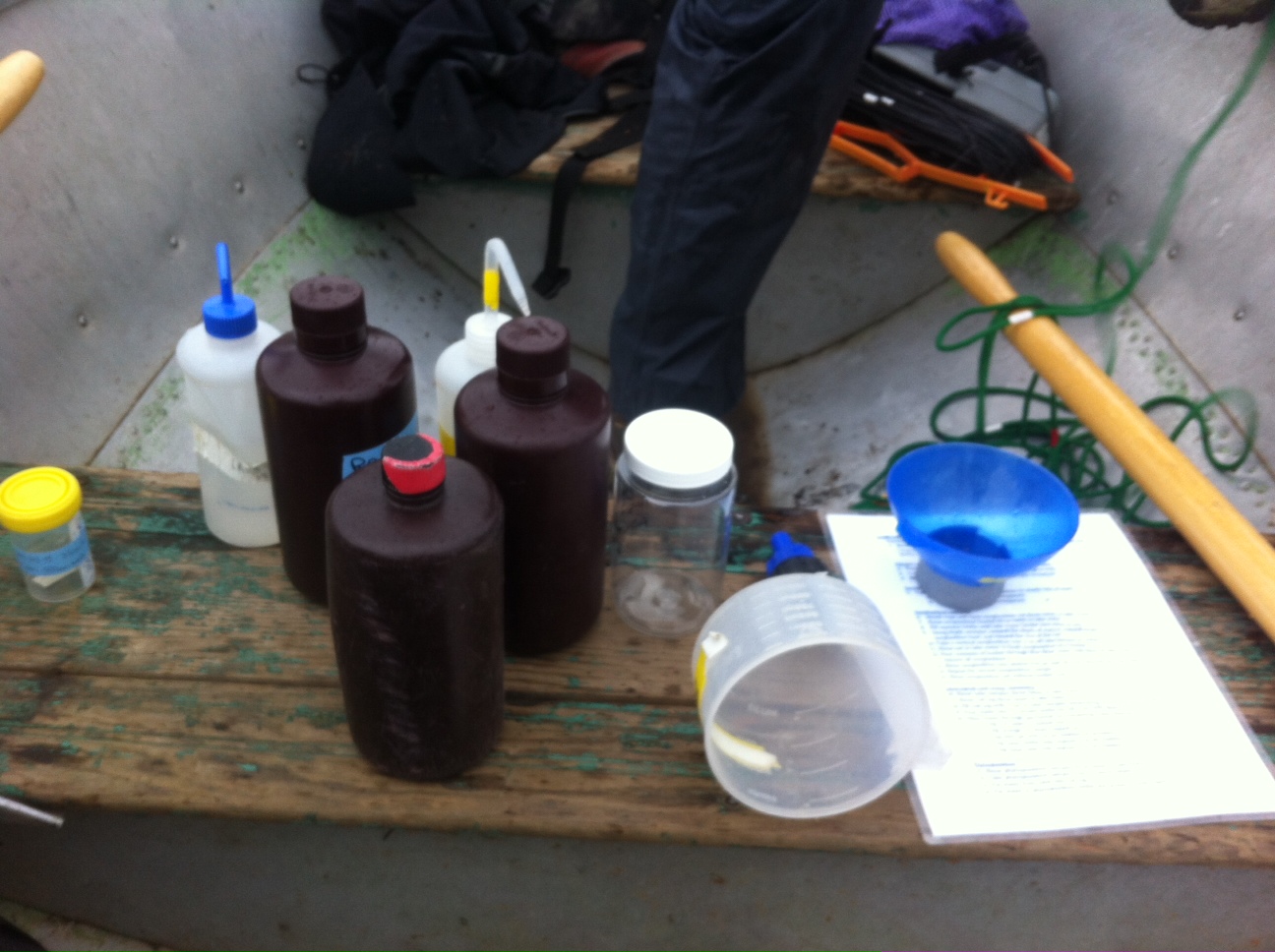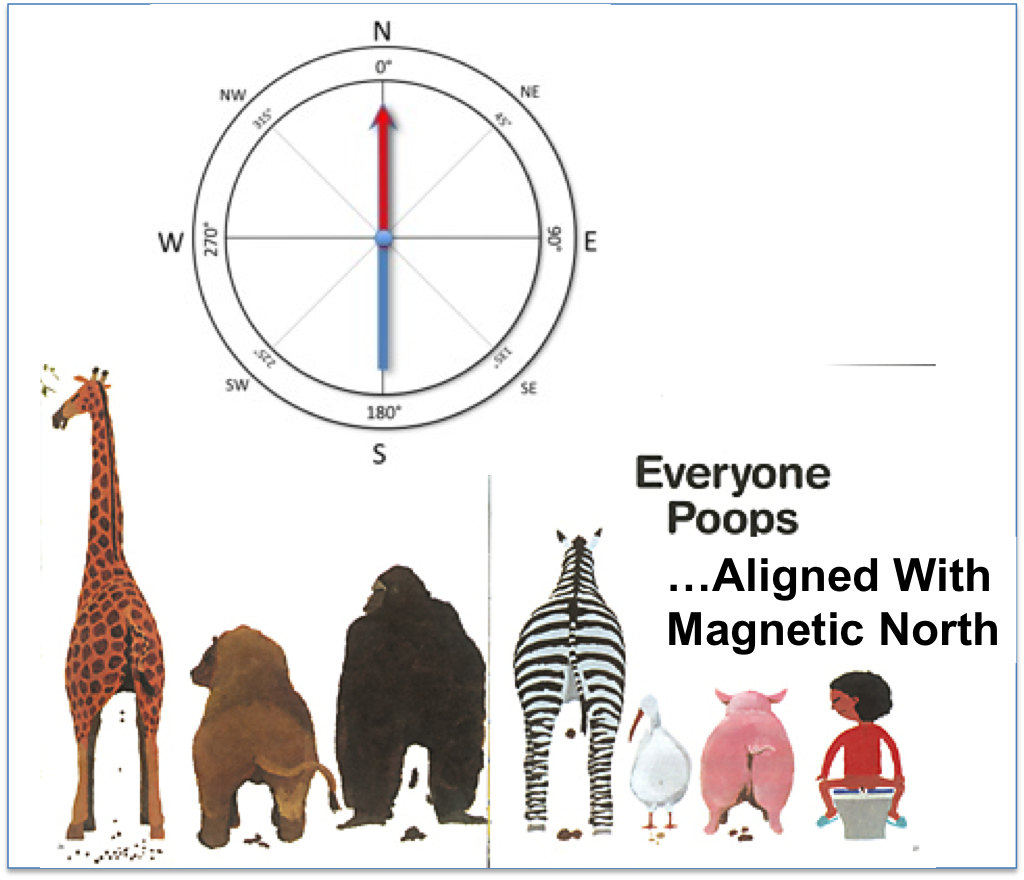If you’re pressed for time, just read my title.
I was thinking about Google Scholar and what it means to be able to “click” and find an article from 1944 in less than a minute (or request it through ILL in as much time and have it the next day).
As an undergrad, it was part of my job in the lab to get these old research articles for the graduate student I worked with. This involved physically going to the library (at least at this point the catalogue was digitally searchable so I knew where to look!) and getting out a book containing a compilation of several months of journal volumes. Then, I actually opened real pages, and would stand at the photocopier making photocopies of these pages, turning them one by one in the volume, pressing it down to make sure the text in the crease of the book was not too distorted. Then, I would take the photocopies back to the lab, and sit in this great old leather office chair, highlighting relevant pieces of information for the grad student.
Prior to my beginning graduate school, there was the timely advent of Google Scholar. (In beta in 2004, useable in 2007 to find some papers, and from there it has grown to the beast it is today).
 I now will rarely print unless there’s a table or figure I want to spend more time with, or need to make extensive notes. I often highlight and take notes using Papers.
I now will rarely print unless there’s a table or figure I want to spend more time with, or need to make extensive notes. I often highlight and take notes using Papers.
Today, I found a citation of interest in an article I was reading, highlighted the text on the computer screen using the trackpad, copied the title into Google Scholar and 15 seconds later was reading it online.
I have a few thoughts about this, some germane our recent pub meeting about how articles are found and cited.
First, not every article Google Scholar finds is relevant, and it finds a LOT, so effective Google searching is a new skill unto itself.
Second, a lot of the articles that are found, are also interesting, making it easy to find tons of other cool stuff, and get really distracted in the process. I have termed this “going down the rabbit hole” and need to stop myself from following some interesting line of thought oftentimes to avoid too many detours.
Third, finding where you’ve read what you’ve read becomes even more difficult.
Fourth, organizing this stuff is a problem all its own. I’d love to hear how you all cope, particularly you PIs who must have thousands and thousands of articles you’ve read at this point! I use keywords the file name in addition to saving articles consistently by lead author last name and date, and some description of the title.
Fifth, does any of this save time doing research that’s already been done? With the push to publish (or perish) there are an increasing number of articles coming out daily and it feels a bit overwhelming to sort out the good science from the chaff.
I’d like to hear your thoughts about whether this level of access has made us any smarter or better informed than before.











